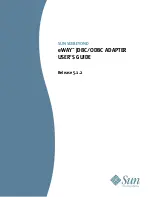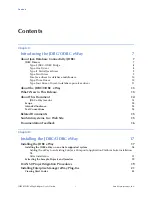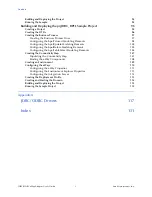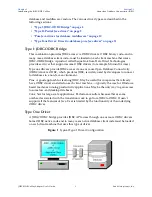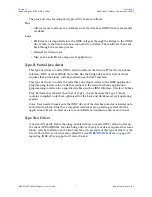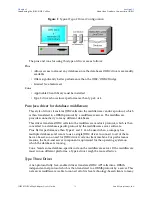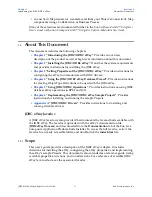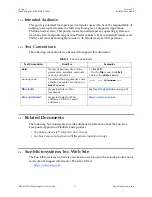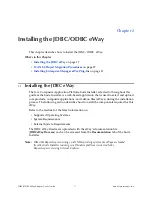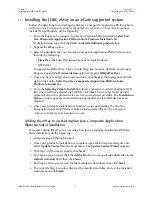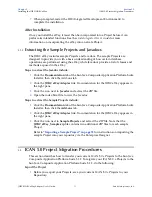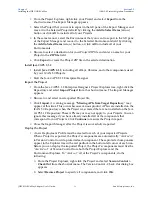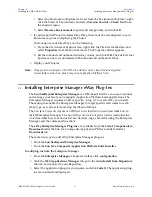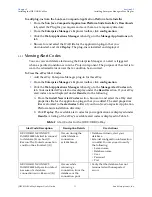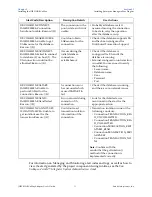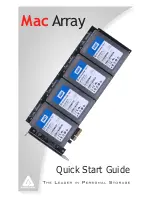
Chapter 1
Section 1.1
Introducing the JDBC/ODBC eWay
About Java Database Connectivity (JDBC)
JDBC/ODBC eWay Adapter User’s Guide
9
Sun Microsystems, Inc.
The pros and cons for using this type of driver are as follows:
Pros
Allows access to almost any database since the database ODBC drivers are readily
available
Cons
Performance is degraded since the JDBC call goes through the bridge to the ODBC
driver then to the native database connectivity interface. The results are then sent
back through the reverse process
Limited Java feature set
May not be suitable for a large-scale application
Type II: Partial Java driver
This type of driver converts JDBC calls into calls on the client API for Oracle, Sybase,
Informix, DB2, or other DBMS. Note that, like the bridge driver, this style of driver
requires that some binary code be loaded on each client machine.
This type of driver converts the calls that a developer writes to the JDBC application
programming interface into calls that connect to the client machine's application
programming interface for a specific database, such as IBM, Informix, Oracle or Sybase.
Pros: Performance is better than that of Type 1, in part because the Type 2 driver
contains compiled code that's optimized for the back-end database server's operating
system.
Cons: User needs to make sure the JDBC driver of the database vendor is loaded onto
each client machine. Must have compiled code for every operating system that the
application will run on. Best use is for controlled environments, such as an intranet.
Type Two Driver
A native-API partly Java technology-enabled driver converts JDBC calls into calls on
the client API for DBMSs. Like the bridge driver, this style of driver requires that some
binary code be loaded on each client machine. An example of this type of driver is the
Oracle Thick Driver, which is also called OCI (see
JDBC/ODBC Drivers
on page 117
regarding JDBC eWay support of Oracle drivers).

